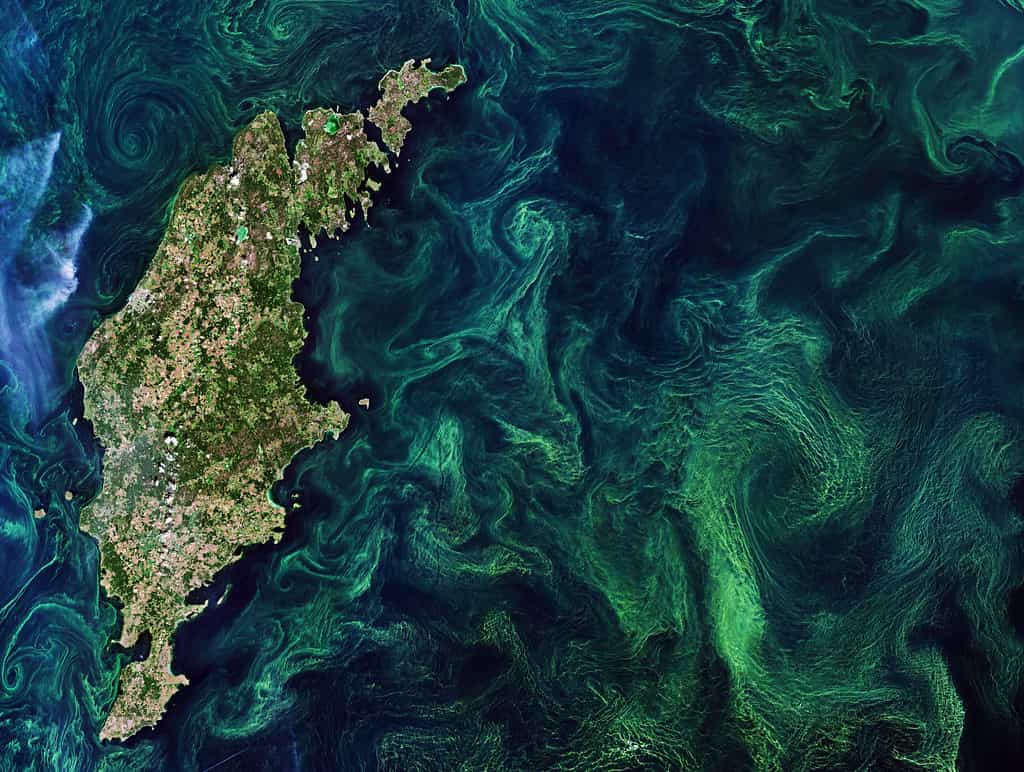
🔬Swedish method makes it easier to predict algal blooms
By looking for a particular chemical marker from zooplankton, researchers can better forecast where and when poisonous algae will bloom.
Share this story!
Algae blooms often occur around our coasts, and it has so far been very difficult to predict when an algae bloom will strike. A new method developed by researchers at the University of Gothenburg will hopefully give us a much better ability to predict when poisonous algae will bloom.
Algae blooms occur when the poisonous algae detect the smell of zooplankton eating algae. The algae then increase their toxin production to protect themselves against the plankton. This is what the researchers have taken advantage of in their new method.
"A simple analysis of a chemical marker from zooplankton in the mussels could be used to improve the forecast. The analysis makes it possible to predict toxic algae outbreaks further into the future and with greater certainty than before", says Erik Selander, marine researcher at the University of Gothenburg and the one who led the work, in a press release.
Toxic algae not only make swimming unpleasant but can also lead to significant financial losses for fish farmers.
"Norwegian fish farmers lost billions in the summer of 2019 when a toxic algal bloom swept along the coast and killed several million salmon. With better warnings, farmers get the opportunity to take measures and thereby minimize losses. Mussel farmers can, for example, plan their harvest better", says Erik Selander.
There are many kinds of poisonous algae, and the researchers have only tested their method on a few species. Therefore, they will go ahead and see if the method also works for other types of poisonous algae.
Image: Contains modified Copernicus Sentinel data (2019), processed by ESA, CC BY-SA 3.0 IGO
By becoming a premium supporter, you help in the creation and sharing of fact-based optimistic news all over the world.


